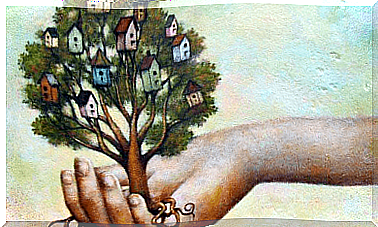How To Control Fights Between Children
Fights between children are common, so we must teach them to channel their frustration and use dialogue instead of opting for physical aggression.
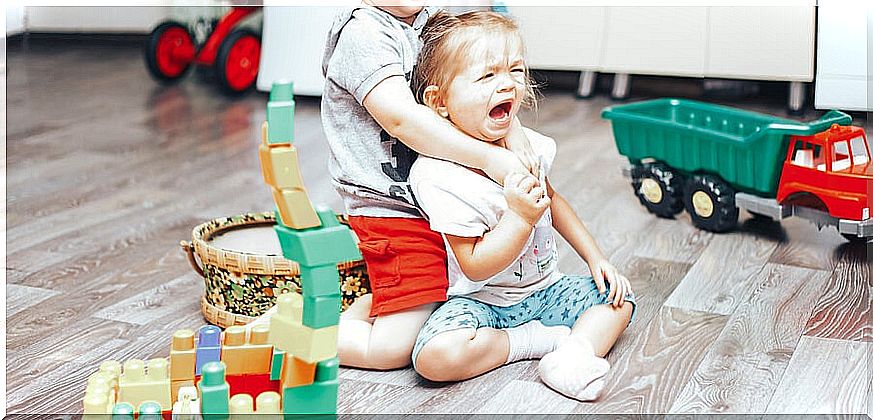
We often observe aggressive behaviors in children, since this is an emotion that is part of the repertoire of all human beings. The fights between the children begin from the age of 2 and go up to adolescence.
Fights between children occur because they tend to confront their peers or those older than them for different emotional situations or for simple survival instinct. It also happens that they fight with minor children to impose their dominance or will.
The role of parents is fundamental. The training of children, whether they are children or adolescents, in relation to issues such as respect for others, limits and, above all, self-control of emotions must begin at home.
Keys to controlling fights between children
In younger children, they usually appear from tantrums or tantrums. Fights involve biting, pulling hair, shoving, name calling, or punching.
As they are older, they can not only physically attack, bullying or bullying can also appear. In the case of adolescents, violence can reach older people. Adolescence is a stage where the transgression of limits is natural.
In this world of parenthood we often go blind. We learn daily and with each child. However, we dare to give you 6 key tips so that you can teach them to face fights between children in a different way.
1. Change the face of violence
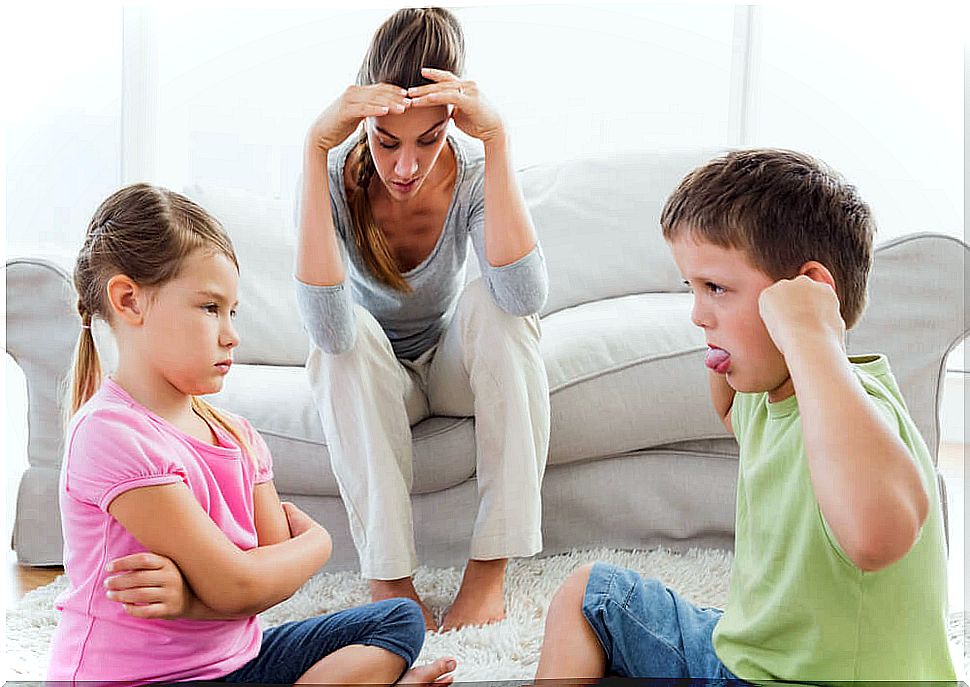
The main resource that you should give your children before violence is the power of the word. Children should know that their first option in a conflict situation that could turn violent is to talk to the other.
Children should try to take rational action rather than resort to violence as a way to solve problems. Of course, it is illogical for you to lash out at your children if you try to punish fights between children. Aggression doesn’t have to be among your punishment options.
2. Teach by example
It is normal for all of us to have outbursts of annoyance that force us to confront others. How we control and manage that emotion is the important thing. Children are the reflection of home, so it will depend on the emotional education that you have imparted to your children.
If you are an angry parent, who assaults and insults others, hits and smashes things against the wall, then you will not be able to ask your children to act differently. Your example will be more forceful than the advice or recommendations that you can pronounce.
3. Promotes good sense and calm
As we say, controlling emotions begins at home. You have to teach them to act sensibly and calmly when presenting a situation that may generate a conflict or that generates discomfort.
Remind him that although our nature is animal, we cannot act instinctively and irrationally with others. It is essential to identify the emotion and know how to put limits on it in those especially tense moments.
4. They are not the center of the world
Children must learn that they are not always right or the center of everything that happens. It is up to parents to make them understand that they are part of a group of human beings with different tastes and preferences, where everyone deserves respect.
The aim is for you to understand that what you say or do will not always be the priority of others and that this should not cause problems for you. The respect that others inspire in you will make you stop rather than confront aggressively.
5. We must evaluate the consequences
In the face of any violent action, it is important that you make your child see the consequences of his actions: rejection, harm to the other, mistreatment, hurting the weakest …
Children should anticipate the consequences that can be generated when starting a fight. It doesn’t matter if your child is young: show him the damage he can cause. You will gradually learn the most appropriate way to deal with a conflict situation.
6. Communicating is the key
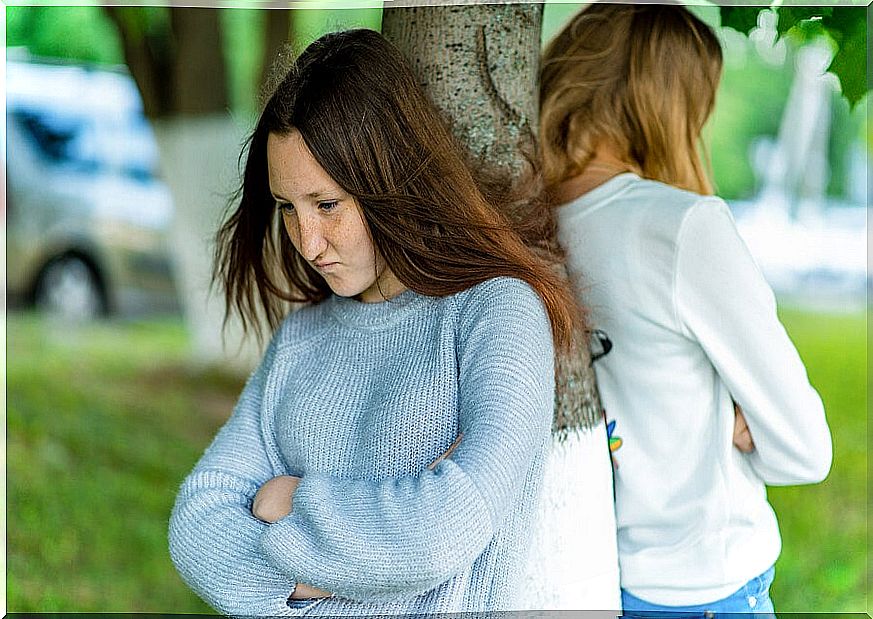
It seems trite to talk about communication between parents and children, but that really is the key so that your child can become aware of many concepts for their vital formation and the solution of their daily conflicts.
Talk to your child, listen to him and ask him key questions about his day-to-day life. That will allow you to get to know him and give him the appropriate guidelines to face everything in a fair and firm way.
Your role as a parent is that of a counselor
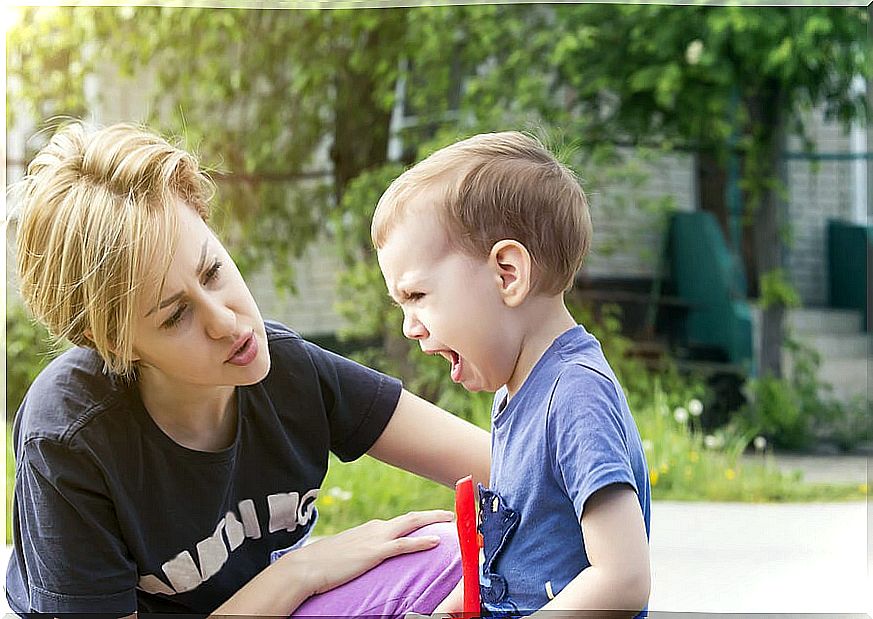
It is important that you recognize your place in this whole game. You are the one who must impose order, establish parameters of respect and limits. If you must punish your children, do it firmly, not forgetting that you condemn the behavior, not your child.
Avoid changing your mind or relaxing your position if the child maintains an attitude of permanent conflict. If you are flexible in the face of violence, the child will grow up with important contradictions that can make these aggressive actions the usual form of response.
Children and young people have their own dynamics. Fights between children are part of life, even between siblings. Our job as parents is to show them the way to address problems according to the age of the child.
Trust your instincts and continue to train your children in managing emotions. So they can grow up as empathetic, rational and happy children.





